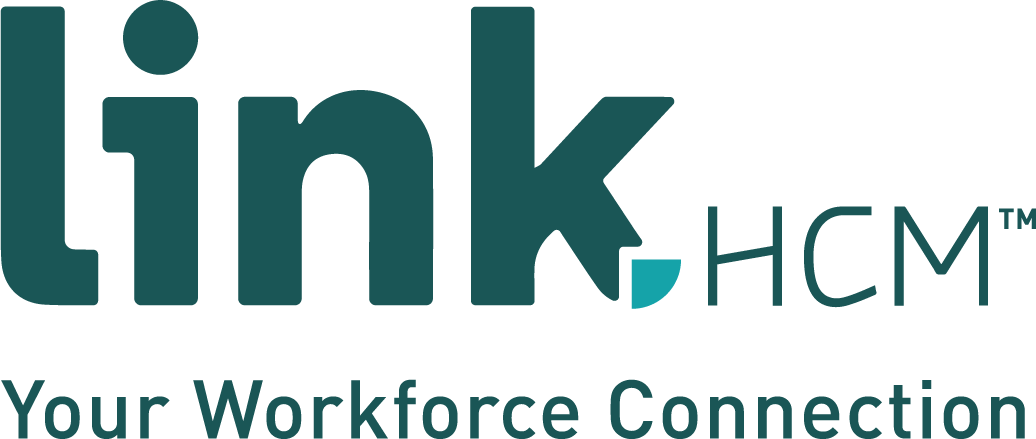What is a Multiple Employer Plan?
A Multiple Employer Plan (MEP) is a retirement savings plan adopted by 2 or more unrelated employers. It benefits employers through economies of scale, combining the buying power of businesses with smaller employee counts to give them access to program rates which are usually only available to massive companies. Typically, MEPs are a shared 401(k) plan but can also take the form of a defined-benefit pension or other defined contribution plans.
The significant gap in coverage for small businesses from the retirement industry has made it difficult for employers of smaller scale to offer a private 401(k) plan. An MEP can help bridge that gap by empowering businesses, who may not have the resources on their own, to provide a tax-advantaged retirement plan to employees.
How a Multiple Employer Plan Works
An MEP is made up of a plan sponsor and ‘adopting employers’. The sponsor takes on all or some of the administrative workload, and typically the fiduciary responsibility.
Sponsors can take on several different forms:
- Third-party - A professional provider who can administer management tasks, like payroll, employee benefits, workers’ compensation, etc. -- or, similarly, a professional employer organization (PEO).
- Board of Directors - A group of people appointed by adopting employers to sponsor the plan.
- Co-sponsorship - A shared responsibility for the sponsorship role by adopting employers.
- Trade or Industry Association - A group or association of employers, or a separate entity such as a not-for-profit association, which is considered an employer for ERISA purposes.
Benefits of a Multiple Employer Plan
Reduced Administrative Workload
Managing a 401(k) from an administrative standpoint can be extremely daunting. Most small companies don’t have the resources or manpower to take on the workload. MEPs allow adopting employers to hand-off the time-sensitive duties.
Reduced Fiduciary Liability
In many cases, adopting employers can elect the plan sponsor as their ERISA delegated administrative fiduciary. This would allow the sponsor to handle the approval process for loans and distribution, eligibility determination, compliance testing, and other timely and accurate plan administration obligations.
Access to Big Business Benefits
Pooling together adopting employers into a single plan has the ability to deliver benefits typically exclusive to much larger plans. Members may be able to access benefits like one-on-one financial advising, and top-shelf mutual funds at a lower investment cost.
Stand-out in a Competitive Market
Offering a competitive benefits package can seal the deal when recruiting top talent. An MEP can give smaller businesses a fighting chance when going head to head against larger companies for qualified candidates.
Learn more about the Payroll Link MEP 401(k) plan
Types of Multiple Employer Plans
Closed MEP
The original MEP where more than one unrelated employer and a sponsor share a common nexus other than the retirement savings plan. The plan is sponsored by a bonafide group or association and only member employers can participate in the shared plan.
Open MEP
An open MEP eliminates the requirement of a common nexus to participate in a shared plan. Unrelated employers and a sponsor may come together for the sole purpose of offering a single retirement plan without any other association or relationship. When the idea of an open MEP was first introduced, adopting employers had to file individual 5500 reports and conduct individual annual audits for their plan, revoking the primary benefits of an MEP entirely. Luckily, the SECURE Act went into effect at the beginning of 2020, allowing companies without a common nexus to share a single plan for all members.
Multiemployer Plan vs. Multiple Employer Plan
A multiemployer plan is a retirement savings plan agreed upon by two or more employers of the same or related industry and a union. Instead of a sponsor, multiemployer plans are maintained by a board of trustees, with an equal number of employer and union trustees. The plan must be administered in compliance with Internal Revenue Code 414(f).
As mentioned above, a multiple employer plan is a tax-advantaged retirement savings plan made up of more than one unrelated employer. The plan is maintained by a sponsor and administered in compliance with IRC 413(c)




Leave a Comment